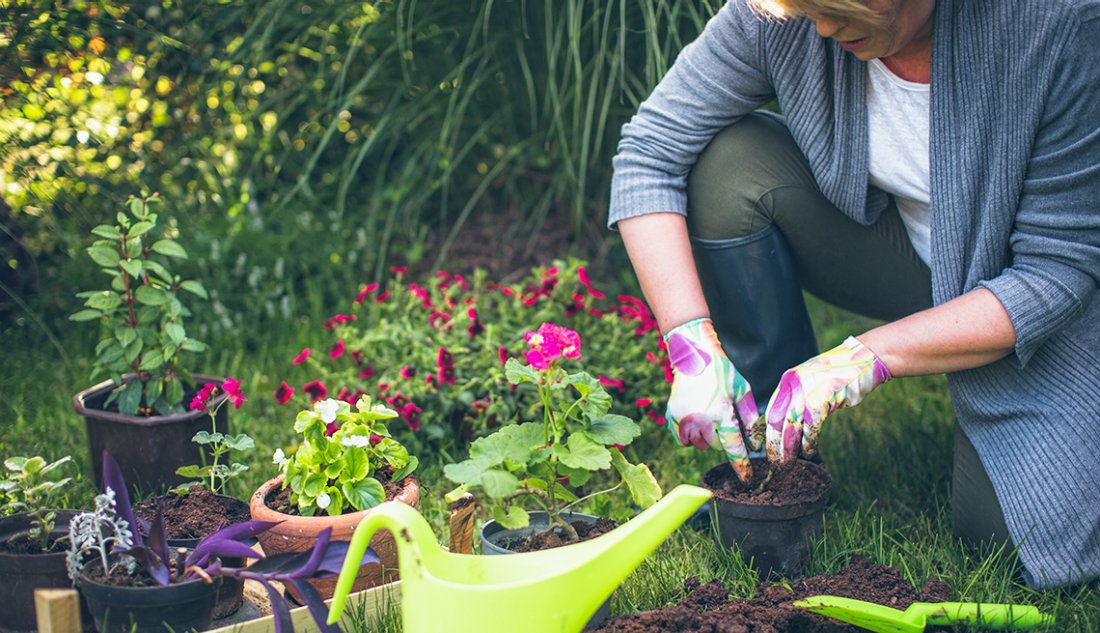It’s the concern of many a 3rd-grader handing over a mission and gardeners with site visitors on the way. Or bus excursions. Or photographers. And the answer is Neatness counts – now and again, sort of, and relying on.
What’s your lawn fashion?
I understand those who can’t stand to see flowers touching each other. That sounds severe, and likely, I’m rolling my eyes a bit. But I know that many house owners, landscapers’ customers, and even landscapers themselves strongly choose beds with nicely spaced and tightly clipped vegetation, with lots of mulch overlaying the soil between them. A large lawn normally surrounds those landscape beds. That look is normal in many suburbs; some consider it the American front yard paradigm. While it certainly isn’t a green fashion (and I deeply hope the backyards are distinctive), tidy it is — neatness policies.
A cottage lawn, or what is known as an English-style border, is the opposite of that style. Consider English cottages without a yard overflowing with lilies, cosmos, delphiniums, and flowering to envision it. The plants lean on fences and drape on paths. They now not handiest touch every other; they weave their stems cozily together! There isn’t any mulch insight.
And – hurrah! – it’s also what those on garden walks and tours will see within the front, facet, and backyards of masses of personal gardens in Buffalo and surrounding cities this month. It’s no longer that the gardens aren’t tended – they have got plenty of attention and their very own degree of tidiness – but the maximum of them are effusive, ebullient, and enthusiastic. And there are many stages, amongst many garden patterns, at the neatness scale.

What does neatness imply?
No matter how much your flowers do or don’t flop, lean, or contact every other, a little neatness in the lawn is vital. In your private home, it means you select up and place away. When an organization is coming to the property, it’s similar. Put away the gear, the hoses, the deer repellent spray, your consuming glasses, and the children’s toys.
“Always hide your paintings,” a florist once told me. And simply as she buries the wires and oasis under foliage within the centerpiece, we gardeners must erase all signs of something it took to make the lawn appearance this incredible (or socially perfect).
What if you couldn’t get to the wedding, lifeless-heading or removing browning leaves? You express regret frequently, announcing, “Oh, it’s a work in development … I haven’t completed … It becomes so wet this year … The daylilies have already finished (or haven’t opened yet), and so on.” But, honestly, most people don’t note the plant information or recognize your gardening procedure. They make form impressions, which might be frequently prompted by using a few primary grooming steps that you may accomplish.
Besides putting away your stuff, these practices make a lawn appearance nicely tended and farther along the neatness spectrum:
1. Define the rims.
The No. 1 way to make a significant impact, and the remaining factor you do before the guests arrive, is to neaten up the “edges.” That means the road between sidewalk and flowers, course and landscape mattress, fence, and garden – anyplace there’s a dividing line. Something approximately a crisp side certainly satisfies the eye of the onlooker. How to do it relies upon your gear and choices. A perfectionist gardener in Kenmore receives on his knees and clips the grass along the sidewalk with scissors.
A suburban owner hires a landscaper with an edging device to run alongside all of the beds to make smooth traces. Another gardener drives a V-formed wedge 5 inches deep and 5 inches wide on the pinnacle to define the threshold of all the beds. Or you might surely work around the out-of-doors of your flower beds, pulling clear encroaching weeds, then gently mulch the outer rim so there’s an easy, dark line. It also enables mowing or mulching a path or washing the flagstones or pavers. Just define the threshold.
2. Clarify the clumps.
Even in a wholly matured perennial lawn, wherein flora grow together and almost no soil indicates, everything looks neater if every swath or cluster of plants seems defined. While a few pieces of vegetation may additionally weave in and out amongst others, the lawn makes the best impression if it’s far clear in which each swath of a species starts and ends. Pull out that one ragweed or mugwort from a set of bee balm. Pull the finished overlook-me-nuts or weedy grasses from across the hostas.














